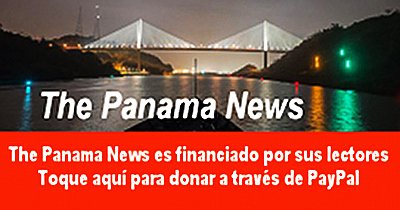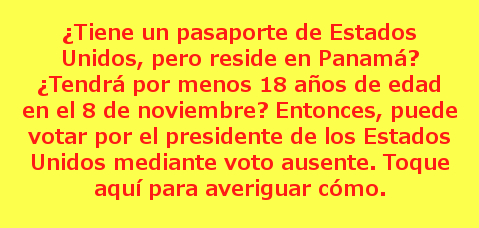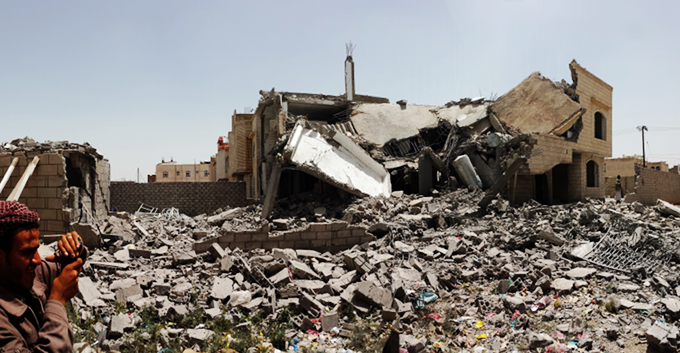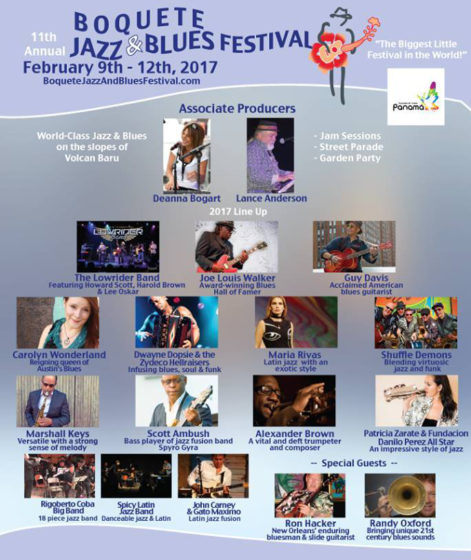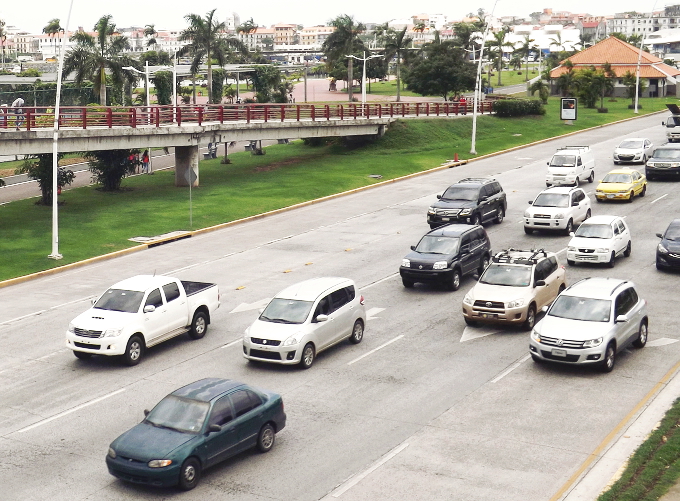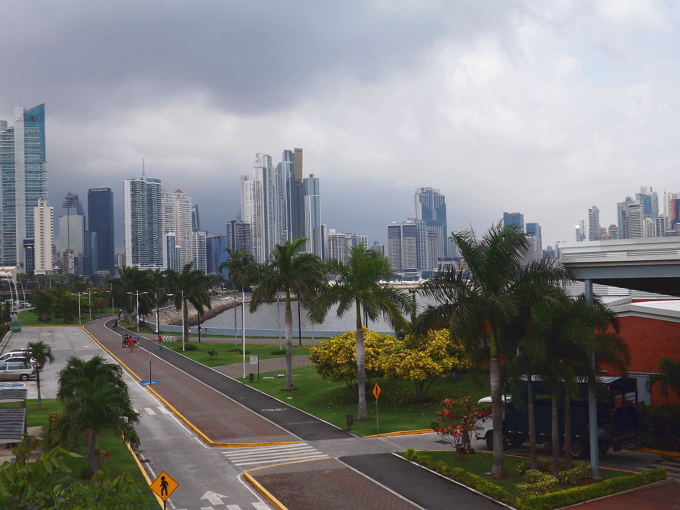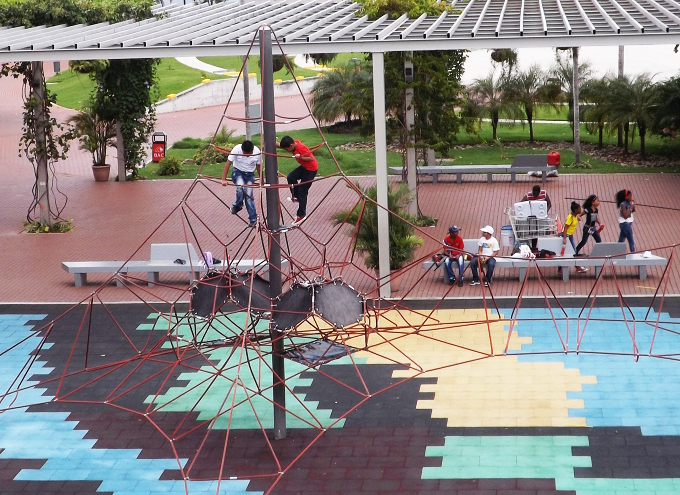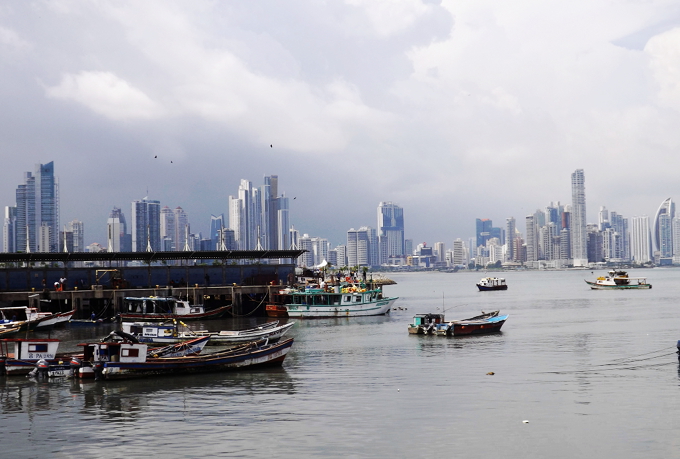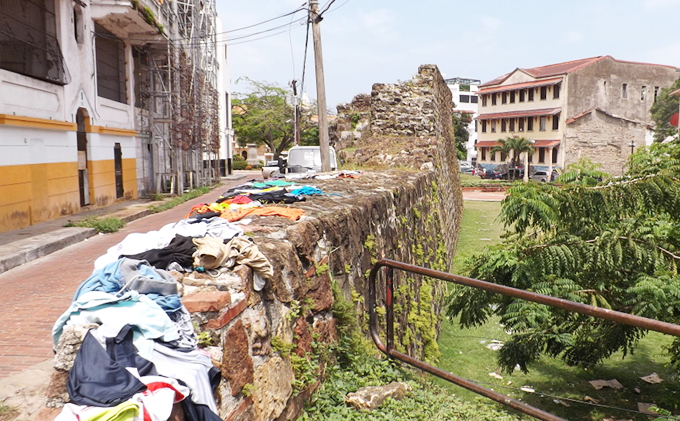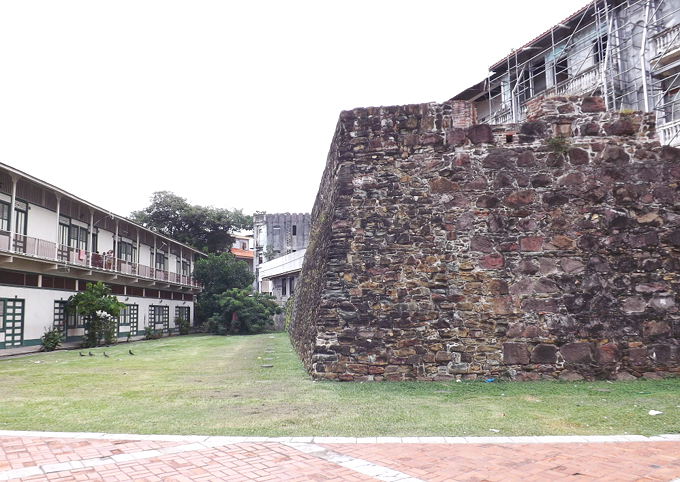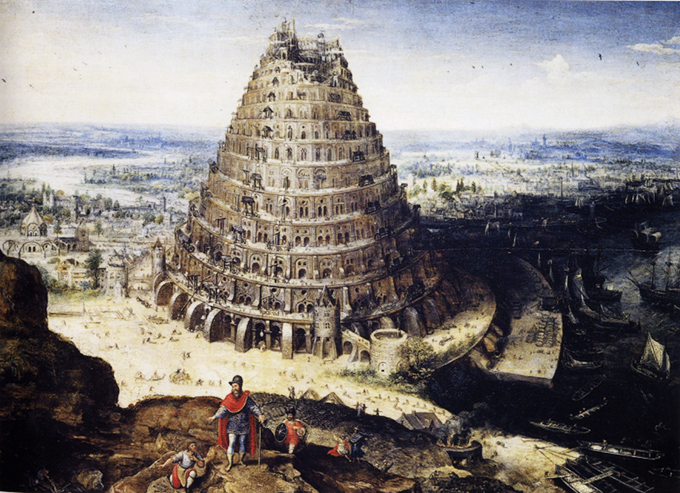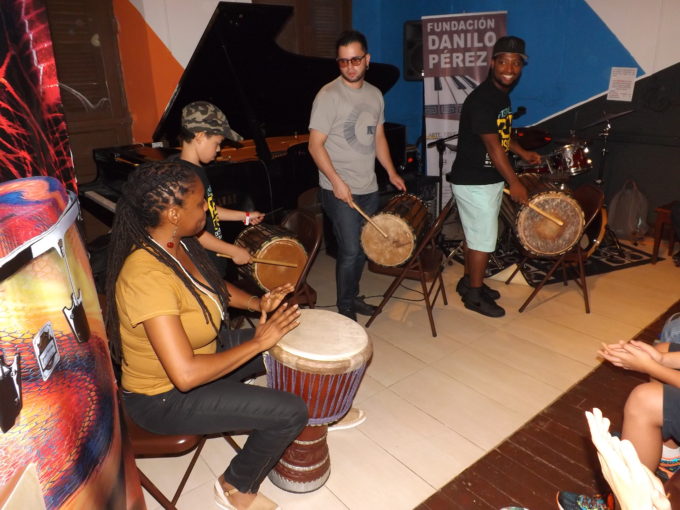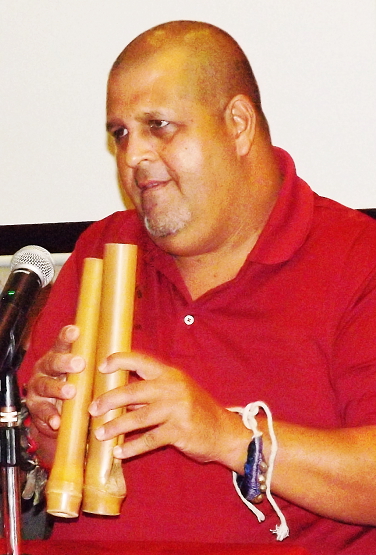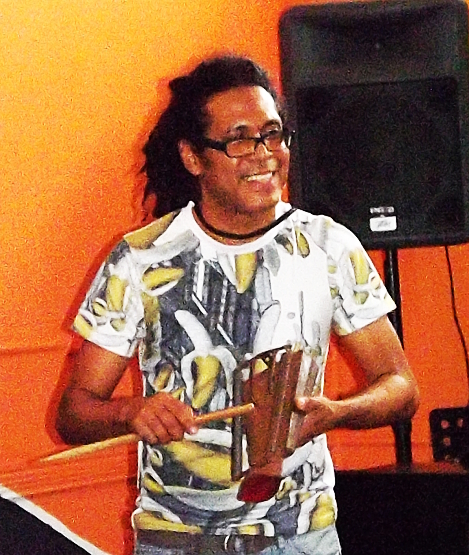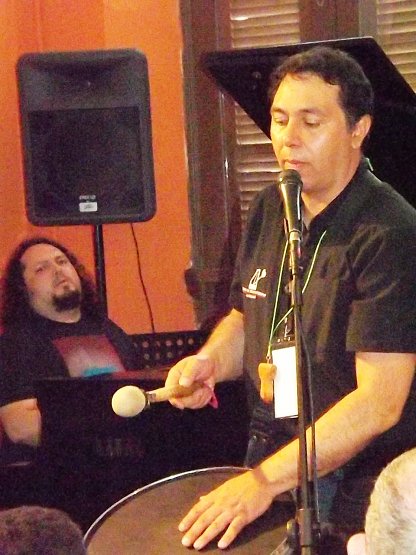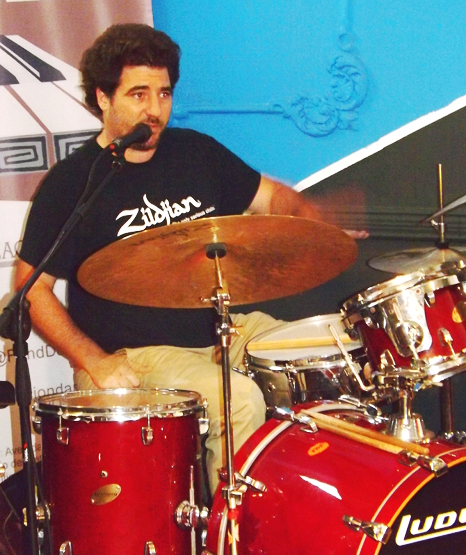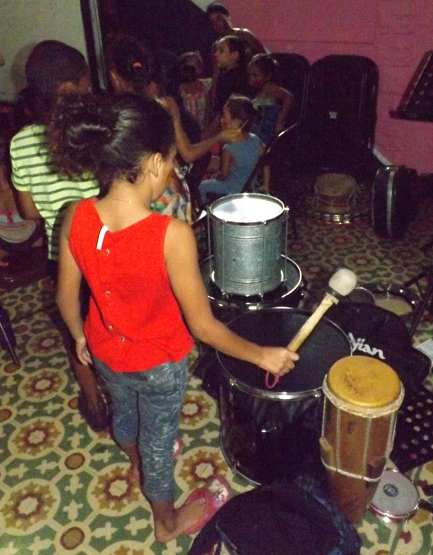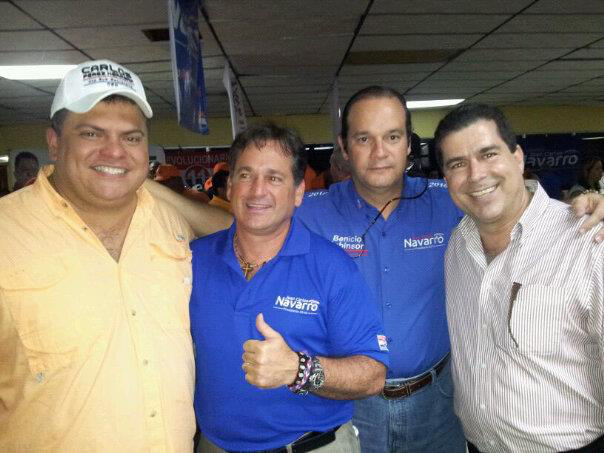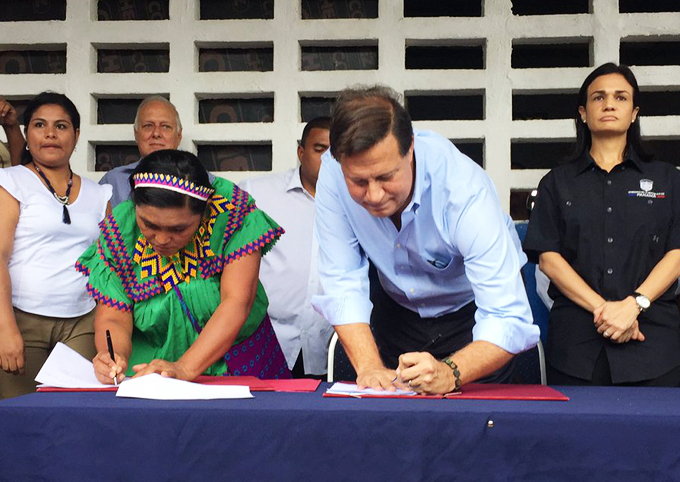
Rechazamos el traicionero “pacto” de Barro Blanco
por el Polo Ciudadano
Polo Ciudadano rechaza categóricamente la manera espuria como el gobierno panameñista de Juan C. Varela ha impuesto un supuesto “pacto” sobre la cuestiona hidroeléctrica de Barro Blanco con autoridades de la comarca Ngäbe-Buglé cuya legitimidad está en duda.
El acuerdo firmado en Llano Tugri claramente desconoce la demanda sostenida por el pueblo de la comarca desde hace diez años de: ¡No a la hidroeléctrica!
Todo el proceso de imposición del proyecto hidroeléctrico de Barro Blanco ha estado salpicado siempre de mentiras, engaños, arbitrariedades, ilegalidades y represión; desde que, en 2006, la administración de Martín Torrijos (PRD y aliado), lo negociara en secreto con un cacique ilegítimo, incumpliendo con la legislación ambiental vigente y desconociendo a la población directamente afectada.
El gobierno de Ricardo Martinelli Berrocal – CD; no sólo avaló el proyecto, propiedad de capitalistas hondureños, sino que le concedió una ampliación en la capacidad de generación eléctrica de 19 megavatios a 28 megavatios, sin un estudio de impacto ambiental, como lo manda la ley, y sometiendo a una represión policial que dejo heridos y muertos al pueblo Ngäbe-Buglé.
Siguiendo entonces con ese gran mega negociado, el gobierno del partido “Panameñista” de Varela, actuó con dolo y alevosía desde un principio; engañando al pueblo panameño y a los pobladores de la comarca, con una supuesta “negociación”, mientras permitía la continuidad de la construcción de la hidroeléctrica, para llegar a una situación de hechos consumados como la actual.
En ese sentido, consideramos que, en el “acuerdo” de Llano Tugri no sólo se avala la existencia de la hidroeléctrica, sino que también respalda a una empresa extranjera que desde un inicio violó todas las normas y leyes nacionales en esta materia. En dicho “acuerdo”, tampoco se especifica el monto y manera de dar las compensaciones a las familias y comunidades afectadas.
Si bien el acuerdo establece que un porcentaje de “ganancias” que genere la hidroeléctrica irán a inversiones públicas en la comarca, no se establece nada en concreto, pues no se precisa el 15% de ¿cuánto?; tomando en cuenta la deuda con la banca, los gastos operativos de los nuevos administradores “privados”, y las cuantiosas ganancias que ellos mismos se embolsen.
Al igual que al inicio, cuando el proyecto fue impuesto negociando con un cacique de manera ilegítima; ahora nuevamente se repite la ilegitimidad, pues la propia Corte Suprema de Justicia, mediante un fallo ya había desconocido hace meses a las actuales autoridades comarcales.
Por lo que, debieron mediar elecciones de autoridades previo a cualquier rúbrica. En ese sentido, está en duda, este “pacto”, pues, la legitimidad la firma de los “caciques” Silvia Carrera, Jeremías Montero y Chito Gallardo, queda en entredicho.
Como Polo Ciudadano, reconociendo el derecho a la lucha por la madre tierra de nuestros pueblos indígenas, exigimos la derogación de este “acuerdo” dudoso, hasta que se establezcan medidas para la consulta real y democrática en el pueblo Ngäbe-Buglé, respecto al proyecto hidroeléctrico de Barro Blanco.
~ ~ ~
Estos anuncios son interactivos. Toque en ellos para seguir a las páginas de web

